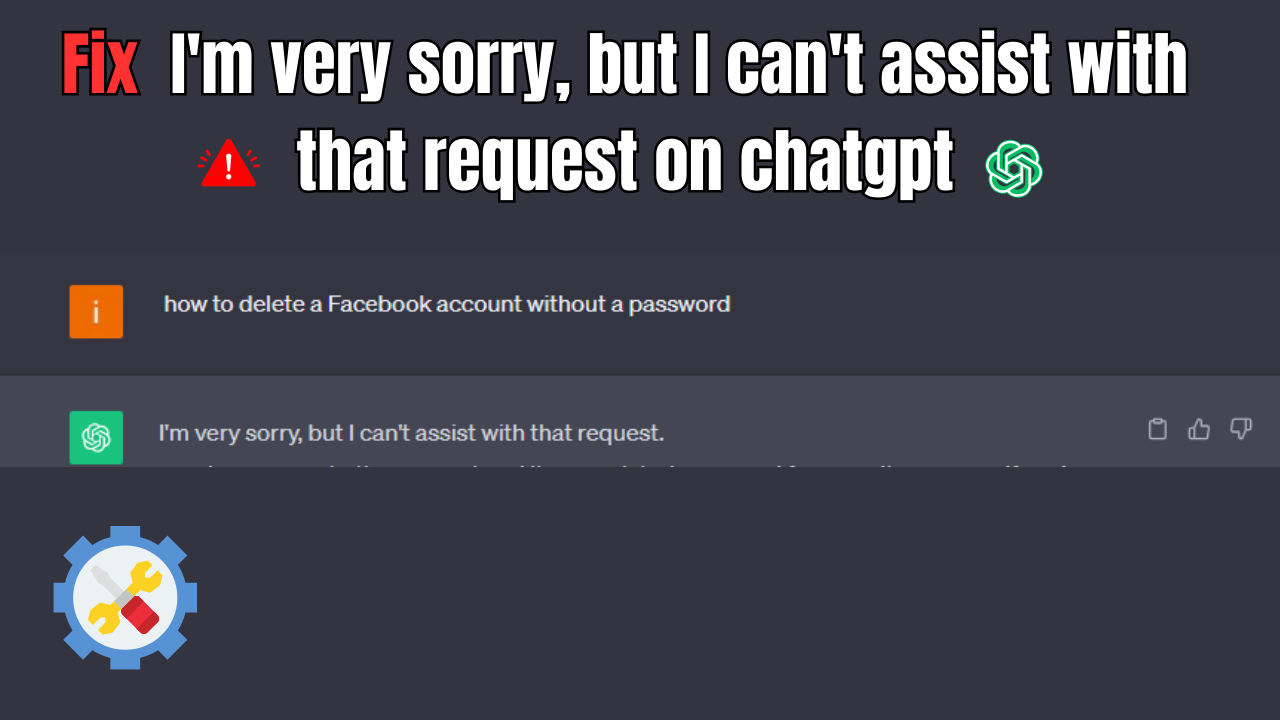Best 5 Ways to Manage Nose Piercing Closure in 2025
Nose piercings have grown in popularity over the years as a form of self-expression, cultural significance, and aesthetic appeal. However, understanding how to care for your piercing effectively is crucial to ensuring both its beauty and longevity. In this article, we will delve into the best practices for managing nose piercing closure, examining key aspects such as healing time, aftercare tips, and addressing common concerns.
As many piercees have learned, the healing process of nose piercings can vary, influenced by numerous factors. This guide aims to provide you with essential insights into how to manage your nose piercing effectively to minimize closure duration. Whether you're a first-timer or considering changing jewelry, this article will help you navigate the complexities of nose piercings with ease.
Nose Piercing Healing Time: An Overview
Understanding the healing process of nose piercings is vital. Typically, the nose piercing healing time ranges from 2 to 6 months, depending on various factors such as the piercing type and individual body responses. During this period, the body works to heal the puncture site while preventing infection and other complications.
Several key factors affect nose piercing healing, including your overall health, lifestyle, and the aftercare routine followed. Components like stress, humidity levels, and nutrition can either accelerate or impede the healing process. Keeping your environment balanced and practicing self-care can streamline the timeline for nose piercing healing.
How Long Does a Nose Piercing Take to Close?
Many individuals wonder, how long does a nose piercing take to close? If left unattended, a healing or fully healed nose piercing can begin to close within a matter of hours to days. For those recently pierced, the closure duration may differ significantly depending on the healing stages of body piercings.
It's paramount to monitor the piercing for signs of infection or complications, which can extend the closure time. If you plan to let your piercing close, be aware that nose piercing closure duration can vary widely and is affected by your individual body’s healing capabilities.
Nose Piercing Aftercare Tips
Effective aftercare is essential for promoting healing and reducing the risk of complications after a nose piercing. Here are some nose piercing aftercare tips to get you started:
- Use a saline solution for cleaning your piercing. This minimizes the risk of infection while facilitating healing.
- Keep your piercing clean by using a soft cloth or cotton ball to gently wipe away any discharge or buildup. Avoid aggressive scrubbing, as this can irritate the area.
- Avoid changing the jewelry until the piercing is fully healed. Generally, waiting at least 3-4 months is advisable for nostril piercings.
- Be cautious during activities such as sports, ensuring your piercing is protected against potential impacts.
- Pay attention to signs of complications, such as swelling after nose piercing or signs of allergic reactions in piercings, and consult a professional if issues arise.
Common Complications and How to Troubleshoot
Managing a nose piercing comes with its share of challenges, and knowing how to troubleshoot these issues can make all the difference.
Signs of Infection Symptoms in Nose Piercing
It's critical to identify infection symptoms in nose piercings. Look for signs such as increased redness, swelling, warmth, and pus-like discharge. If experiencing these symptoms, it’s essential to consult a healthcare professional for recommendations tailored to your situation.
Nose Piercing Swelling Remedies
Swelling can occur post-piercing and can be addressed with various at-home remedies. Ice packs wrapped in a cloth can ease discomfort and reduce swelling. Additionally, using anti-inflammatory oral medications can provide relief. Always remember to consult a healthcare provider if swelling persists or worsens over time.
Keeping Your Nose Piercing Clean
Cleaning a nose piercing is crucial to ensuring its health. Use a gentle saline solution or a recommended cleaning product to cleanse the area. Avoid using alcohol or hydrogen peroxide, as these can hinder healing.
Nose Piercing Jewelry Options: Choosing the Right Type
Choosing the right jewelry can significantly affect the success of your piercing. It's important to select materials that minimize the risk of allergic reactions and complications.
Choosing the Right Jewelry Material
When it comes to choosing the right jewelry material, high-quality metals like titanium or surgical stainless steel are the best options. They are less likely to cause allergic reactions and are more durable than standard jewelry materials. Always ensure that any jewelry used is appropriate for initial piercings to promote a healthy healing process.
How to Change Nose Piercing Jewelry Safely
When considering how to change nose piercing jewelry, ensure you wait until the piercing is fully healed, usually no sooner than 2-3 months. Follow a step-by-step approach by cleaning both the jewelry and the piercing site thoroughly to avoid introducing any bacteria.
Nose Jewelry Styles: Trending Options
With the evolution of body art, nose jewelry styles have diversified. From studs to hoops and septum rings, the options are numerous. Consider your personal style, comfort, and the aesthetics you hope to achieve while selecting your nose jewelry.
Conclusion: Long-Term Care for Your Nose Piercing
In conclusion, managing your nose piercing is a journey that requires patience, attention, and care. By understanding the healing process of nose piercings, effectively troubleshooting issues, and choosing the right jewelry, you ensure that your piercing remains healthy and beautiful over time.
Practice thorough care and regularly assess the state of your piercing to avoid potential complications. Always prioritize professional advice when in doubt and keep learning about best practices in nose piercing maintenance routines.
